

Articles
How To Keep Your Cat Out Of The Fireplace
Modified: February 23, 2024
Learn effective ways to keep your cat out of the fireplace with these informative articles. Find expert tips and tricks to ensure your cat's safety and protect your home.
(Many of the links in this article redirect to a specific reviewed product. Your purchase of these products through affiliate links helps to generate commission for Storables.com, at no extra cost. Learn more)
Introduction
There’s something undeniably cozy about snuggling up by a warm fireplace, especially during the colder months. However, if you’re a cat owner, you may have encountered the challenge of keeping your feline companion out of the fireplace. Cats are naturally curious creatures, and the dancing flames and crackling sounds of a fireplace can be incredibly alluring to them. Unfortunately, allowing your cat unrestricted access to the fireplace can be dangerous and potentially harmful. In this article, we will explore why cats are attracted to fireplaces, the potential dangers they face, and methods for keeping them out of harm’s way.
Key Takeaways:
- Protect your curious cat from fireplace dangers by installing a sturdy barrier, creating physical deterrents, using scents as repellents, and providing alternative warm spots. Keep your feline friend safe and cozy!
- Keep your cat out of harm’s way by combining methods to ensure fireplace safety. Prioritize your cat’s well-being and enjoy the warmth of your fireplace without worrying about your furry companion.
Read more: How To Keep Cats Out Of Garden
Why cats are attracted to fireplaces
Cats have a natural fascination with heat, and fireplaces provide an abundant source of warmth. The combination of the flickering flames, crackling sounds, and cozy ambiance makes fireplaces irresistible to our feline friends. Here are a few reasons why cats are drawn to fireplaces:
- Warmth: Cats are known for seeking out warm places to curl up and nap. Fireplaces emit a comforting heat that appeals to their natural instincts. It’s like having their own personal heater.
- Motion: The flickering flames of a fireplace can captivate a cat’s attention. The dancing movement can be mesmerizing, leading cats to sit and stare at the flames for extended periods.
- Comfort: The cozy environment around the fireplace, with its soft rugs, warm hearth, and inviting atmosphere, creates a sense of comfort that cats are instinctively drawn to.
- Curiosity: Cats are naturally curious creatures, and anything that catches their eye is an invitation for exploration. The sounds, smells, and textures associated with a fireplace are alluring and pique their curiosity.
- Hunting opportunities: Some cats may be attracted to fireplaces because they perceive it as a potential hunting ground. The crackling sounds and flickering flames can mimic the sounds and movements of prey, triggering their hunting instincts.
While cats’ attraction to fireplaces is understandable, it’s important to recognize the potential dangers they may encounter when they get too close. Let’s delve into these dangers in the next section.
Potential dangers for cats in fireplaces
Although the warmth and allure of a fireplace may be tempting for cats, it’s crucial to be aware of the potential dangers they can face. Here are some of the hazards that cats may encounter when they venture too close to fireplaces:
- Burns: The obvious and most significant danger is the risk of burns. Cats have a curious nature and may attempt to paw at the flames or investigate the hot surfaces surrounding the fireplace, leading to burns on their paws, nose, or other sensitive areas of their body.
- Inhalation of toxic substances: Fireplaces may release toxic fumes, especially if you use certain types of wood or chemicals to start or maintain a fire. Cats, with their smaller respiratory systems, can be more susceptible to the harmful effects of these substances.
- Ingestion of ash or debris: Cats exploring the fireplace may accidentally consume ashes or debris, which can be harmful if ingested. Ash can irritate the digestive system, and if there are any remnants of toxic substances, they can pose an additional risk.
- Smoke inhalation: Excessive smoke or poor ventilation can lead to smoke inhalation, which can cause respiratory distress in cats. Even minimal exposure to smoke can have detrimental effects on their sensitive respiratory systems.
- Accidental fires: Cats treading around the fireplace increase the risk of knocking over flammable objects near the fireplace, leading to accidental fires. A loose curtain, a toppled candle, or stray paper can quickly ignite if it comes into contact with an open flame or hot embers.
Considering these potential dangers, it’s crucial to take appropriate measures to keep your curious feline away from the hazards of the fireplace. In the next section, we will explore some effective methods for keeping cats out of fireplaces.
Methods for keeping cats out of fireplaces
Keeping your beloved furry friend safe from the potential dangers of the fireplace is essential. Fortunately, there are several effective methods you can employ to keep cats out of fireplaces. Here are four strategies to consider:
- Installing a fireplace barrier: One of the most reliable ways to prevent cats from accessing the fireplace is by installing a physical barrier. This can be in the form of a sturdy fireplace screen or a gate specifically designed to block off the fireplace area. Ensure that the barrier is secure and cannot be easily knocked over by your curious and potentially mischievous feline.
- Creating a physical deterrent: Another approach is to create a deterrent to discourage your cat from approaching the fireplace. This can include placing aluminum foil, double-sided tape, or even a motion-activated deterrent device near the fireplace. Cats typically dislike the texture of foil and sticky surfaces, which can discourage them from getting too close.
- Using scents as repellents: Cats have a strong sense of smell, and certain scents can deter them from entering restricted areas. Citrus fruits, such as oranges or lemons, have a scent that cats tend to dislike. By placing citrus peels around the fireplace or using citrus-scented air fresheners, you can create a scent barrier that keeps your cat away.
- Providing an alternative warm spot for your cat: Cats are attracted to fireplaces because of the warmth they emit. To redirect their attention, create a cozy alternative for them. Place a heated cat bed or a blanket near a radiator or a spot with a warm sunlight. This will entice them to choose the comfortable warmth of their designated spot rather than risking the dangers of the fireplace.
It’s important to note that each cat is unique, and different methods may work better for some than others. It may take some trial and error to find the most effective solution for keeping your cat away from the fireplace. Additionally, it’s crucial to consistently reinforce the boundaries and redirect your cat’s attention to the provided alternatives.
Overall, a combination of barriers, deterrents, scents, and alternative warm spots can help ensure the safety of your feline companion. By implementing these methods, you can enjoy the warmth and comfort of your fireplace without worrying about the well-being of your curious cat.
Installing a fireplace barrier
One of the most effective methods for keeping cats out of fireplaces is by installing a physical barrier. A fireplace barrier acts as a protective barrier between your cat and the potential hazards of the fireplace. Here are some key points to consider when installing a fireplace barrier:
- Choose a sturdy barrier: Select a fireplace barrier that is strong and sturdy enough to withstand your cat’s attempts to get through. Look for barriers made from materials such as metal or tempered glass, which are more difficult for cats to damage or knock over.
- Ensure proper fit: Measure the dimensions of your fireplace opening accurately to ensure that the barrier fits securely in place. It should cover the entire opening and leave no gaps that your cat can squeeze through.
- Consider a gate: If you have a fireplace with an open hearth, consider using a fireplace gate. These gates are designed specifically to block off the fireplace area and can be adjusted to fit different widths. Look for gates with a secure latching mechanism to prevent your cat from pushing it open.
- Maintain the barrier: Regularly inspect and maintain the fireplace barrier to ensure it remains in good condition. Check for any signs of wear and tear, loose screws, or gaps that may have appeared over time. It’s important to address any issues promptly to maintain the effectiveness of the barrier in keeping your cat safe.
Installing a fireplace barrier provides a physical barrier that prevents your cat from accessing the fireplace area. It not only keeps them away from the potential dangers but also gives you peace of mind knowing that your cat is safe. However, it’s important to note that a barrier alone may not be enough for all cats, especially determined climbers or agile felines. It may be necessary to combine it with other deterrents or alternatives to effectively keep your cat away from the fireplace.
With a properly installed fireplace barrier in place, you can enjoy the warmth and comfort of your fireplace while ensuring the safety of your beloved feline friend. It provides a physical boundary that helps establish and reinforce the rules and boundaries you have set for your cat.
Place a sturdy barrier such as a fireplace screen or glass door to prevent your cat from accessing the fireplace. You can also use deterrents like double-sided tape or aluminum foil to discourage them from getting too close.
Read more: How To Keep Cats Out Of Window Blinds
Creating a physical deterrent
Creating a physical deterrent is another effective method for keeping cats out of fireplaces. By implementing certain techniques or placing specific objects near the fireplace, you can discourage your cat from approaching the area. Here are some ways to create a physical deterrent:
- Aluminum foil: Cats generally dislike the texture of aluminum foil. Unroll a sheet of foil and place it near the fireplace. The noise and feel of the foil under their paws can be a deterrent, discouraging them from getting too close.
- Double-sided tape: Similar to aluminum foil, double-sided tape can be used to create a sticky surface that cats dislike. Place strips of double-sided tape around the fireplace or on surfaces near the fireplace where your cat tends to access. As they approach the area and feel the stickiness, they will be less likely to continue exploring.
- Motion-activated deterrent devices: There are various motion-activated deterrent devices available on the market that can be effective in keeping cats away from the fireplace. These devices emit a burst of air or a high-pitched sound when triggered by motion, startling the cat and encouraging them to retreat.
- Noise-making objects: Cats are sensitive to loud or sudden sounds. Placing noise-making objects, such as bells or cans filled with coins, near the fireplace can startle your cat when they approach. The unexpected noise will make them associate the area with a negative experience, deterring them from going near it.
When using physical deterrents, it’s important to monitor your cat’s response and adjust the method if needed. Some cats may be more persistent or may quickly adapt to certain deterrents. You may need to rotate or combine different techniques to maintain their effectiveness.
Remember, the goal of creating a physical deterrent is to dissuade your cat from approaching the fireplace area. By making it uncomfortable or unpleasant for them, you can redirect their attention to safer and more suitable spots in your home.
However, it’s essential to make sure that the physical deterrents you choose are safe for your cat. Avoid using materials or objects that could potentially harm them or pose a choking hazard. Prioritize their well-being while utilizing these methods to keep them away from the fireplace.
Using scents as repellents
Another effective method for keeping cats out of fireplaces is to use scents as repellents. Cats have a keen sense of smell, and certain aromas can be off-putting to them. By strategically placing scents around the fireplace, you can create a deterrent for your curious feline friend. Here are a few scents that can help keep cats away from the fireplace:
- Citrus fruits: Cats generally dislike the strong scent of citrus fruits like oranges, lemons, and grapefruits. Place citrus peels near the fireplace or use citrus-scented air fresheners to create a barrier that cats are less likely to cross.
- Vinegar: Vinegar has a pungent smell that many cats find unpleasant. Mix equal parts vinegar and water in a spray bottle and spray it around the fireplace area. Be cautious not to spray the vinegar directly onto any surfaces or near your cat, as it can be irritating to their sensitive noses.
- Menthol or eucalyptus oils: Cats are also sensitive to the strong scent of menthol and eucalyptus oils. Apply a small amount of these oils to cotton balls and place them strategically near the fireplace. The strong smell should deter your cat from getting too close.
When using scents as repellents, it’s important to consider your cat’s individual reactions and preferences. While these scents tend to be disliked by most cats, some may have different sensitivities or preferences. Monitor your cat’s behavior and adjust the use of scents accordingly.
Additionally, it’s important to ensure that the scents you use are safe for your cat. Avoid using essential oils that are toxic to cats, such as tea tree oil or certain types of citrus oils. Stick to cat-safe scents and always consult with your veterinarian if you have any concerns.
Using scents as repellents can be a natural and non-invasive way to deter your cat from approaching the fireplace. By creating an unpleasant olfactory experience, you can redirect their attention to safer and more suitable areas of your home.
Keep in mind that cats have individual preferences and sensitivities, so it may take some trial and error to determine which scents work best for keeping your cat away from the fireplace. Be patient and persistent in finding the right combination that effectively keeps your furry friend out of harm’s way.
Providing an alternative warm spot for your cat
One effective method for keeping cats out of fireplaces is to provide them with an alternative warm spot where they can seek comfort. By offering a cozy and enticing area, you can redirect their attention away from the fireplace. Here are some tips for creating an alternative warm spot for your cat:
- Heated cat bed: Invest in a heated cat bed or a heating pad designed specifically for pets. These beds emit a gentle and safe heat that mimics the warmth of the fireplace. Place the bed in a comfortable and quiet area of your home, away from any potential hazards, and encourage your cat to use it by adding their favorite blanket or toy.
- Cozy blankets: Provide your cat with a soft and warm blanket to snuggle up on. Place it near a radiator or in a spot that receives plenty of sunlight throughout the day. Cats love basking in the sun, and the warmth from the sun or a nearby heat source can be just as enticing as the fireplace.
- Warm hiding spots: Cats love to find cozy and secluded spots to curl up and relax. Create warm hiding spots by arranging blankets or towels in boxes or covered beds. Place these hiding spots in areas of your home that feel warm and secure, such as away from drafts and close to heat sources.
- Cat-friendly heating solutions: Consider installing a cat-friendly heating solution, such as a low-level radiant panel, underfloor heating, or even a heated cat shelf. These options provide controlled and safe warmth for your cat and can serve as an attractive alternative to the fireplace.
When creating an alternative warm spot for your cat, it’s important to observe their preferences and behaviors. Cats may have different preferences when it comes to their ideal warmth and cozy spots. Experiment with different locations and bedding options to see what appeals most to your feline companion.
In addition to providing an alternative warm spot, make sure to spend quality time with your cat, offering them affection, playtime, and attention. Your presence and interaction can also help distract them from seeking warmth in potentially hazardous areas like the fireplace.
By providing a safe and appealing warm spot for your cat, you can redirect their attention and reduce their desire to explore the fireplace. It’s important to make this alternative spot comfortable, enticing, and easily accessible so that your cat willingly chooses it over the potentially dangerous fireplace area.
Conclusion
Keeping your cat out of the fireplace is crucial for their safety and well-being. While cats are naturally drawn to the warmth and allure of fireplaces, it’s essential to take proactive measures to protect them from potential dangers. By implementing the methods outlined in this article, you can ensure your feline friend stays safe and satisfied:
Installing a sturdy fireplace barrier creates a physical boundary, preventing your cat from accessing the fireplace area. Creating a physical deterrent, such as using aluminum foil or double-sided tape, can discourage your cat from approaching the fireplace. Using scents like citrus, vinegar, or menthol can act as natural repellents to keep cats away. Additionally, providing an alternative warm spot, such as a heated cat bed or cozy blankets near a heat source, can redirect your cat’s attention to a safer and more inviting area.
It’s important to remember that each cat is unique, and what works for one may not work for another. Be patient and observe your cat’s behavior, adjusting the methods if needed. Ensure that any materials or scents you use are safe for your cat and consult your veterinarian if you have any concerns.
By combining these methods, you can create a safe environment for your cat while still being able to enjoy the warmth and comfort of your fireplace. Remember to prioritize your cat’s well-being and provide them with plenty of love, attention, and affection in addition to offering alternative warm spots. With a little effort and creativity, you can successfully keep your feline companion out of harm’s way.
Remember, fireplaces should be a source of warmth and relaxation for humans, not a hazard for our furry friends. By taking these precautions, you can enjoy the cozy ambiance of your fireplace while keeping your beloved cat safe and happy.
Frequently Asked Questions about How To Keep Your Cat Out Of The Fireplace
Was this page helpful?
At Storables.com, we guarantee accurate and reliable information. Our content, validated by Expert Board Contributors, is crafted following stringent Editorial Policies. We're committed to providing you with well-researched, expert-backed insights for all your informational needs.
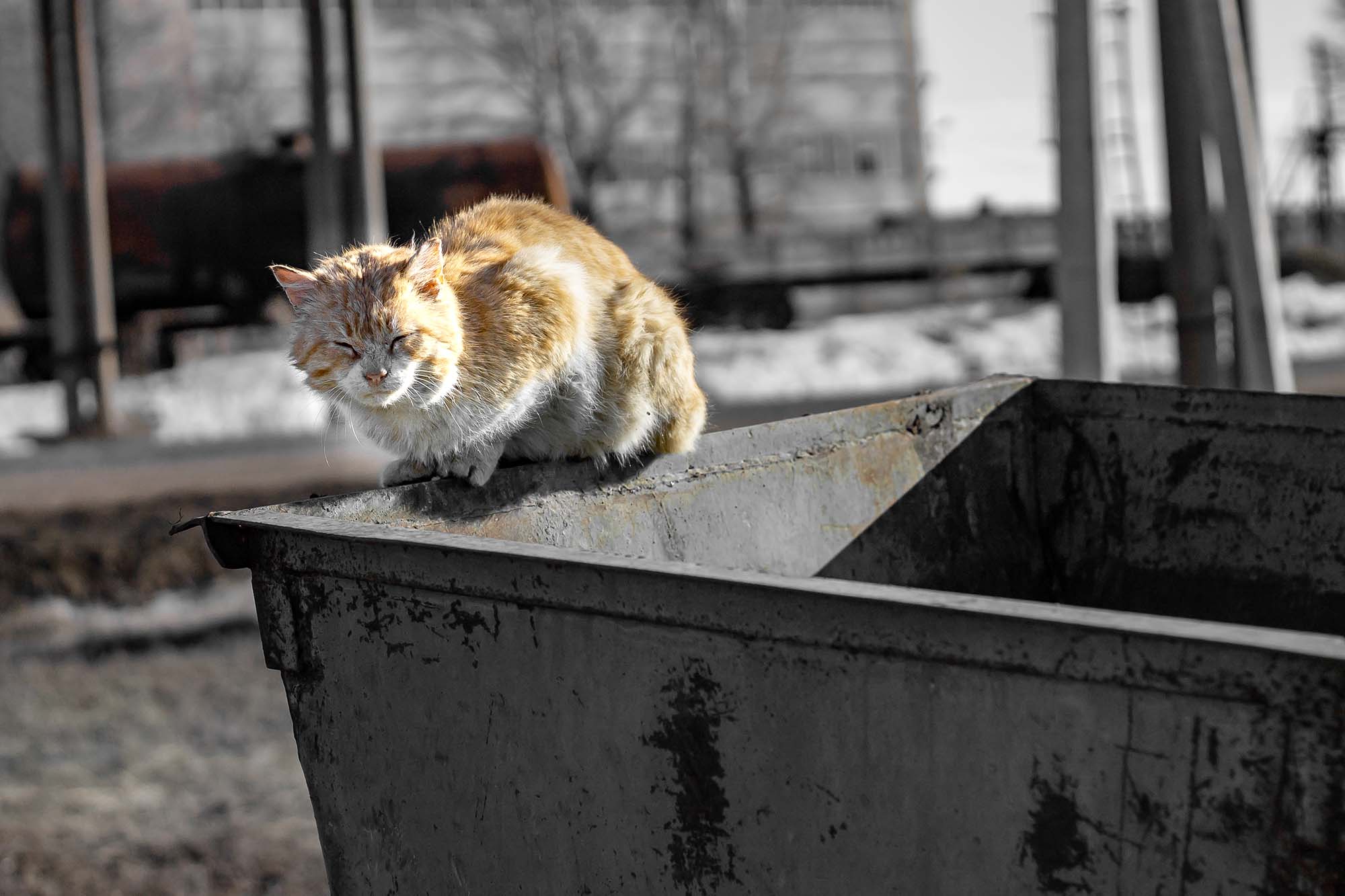



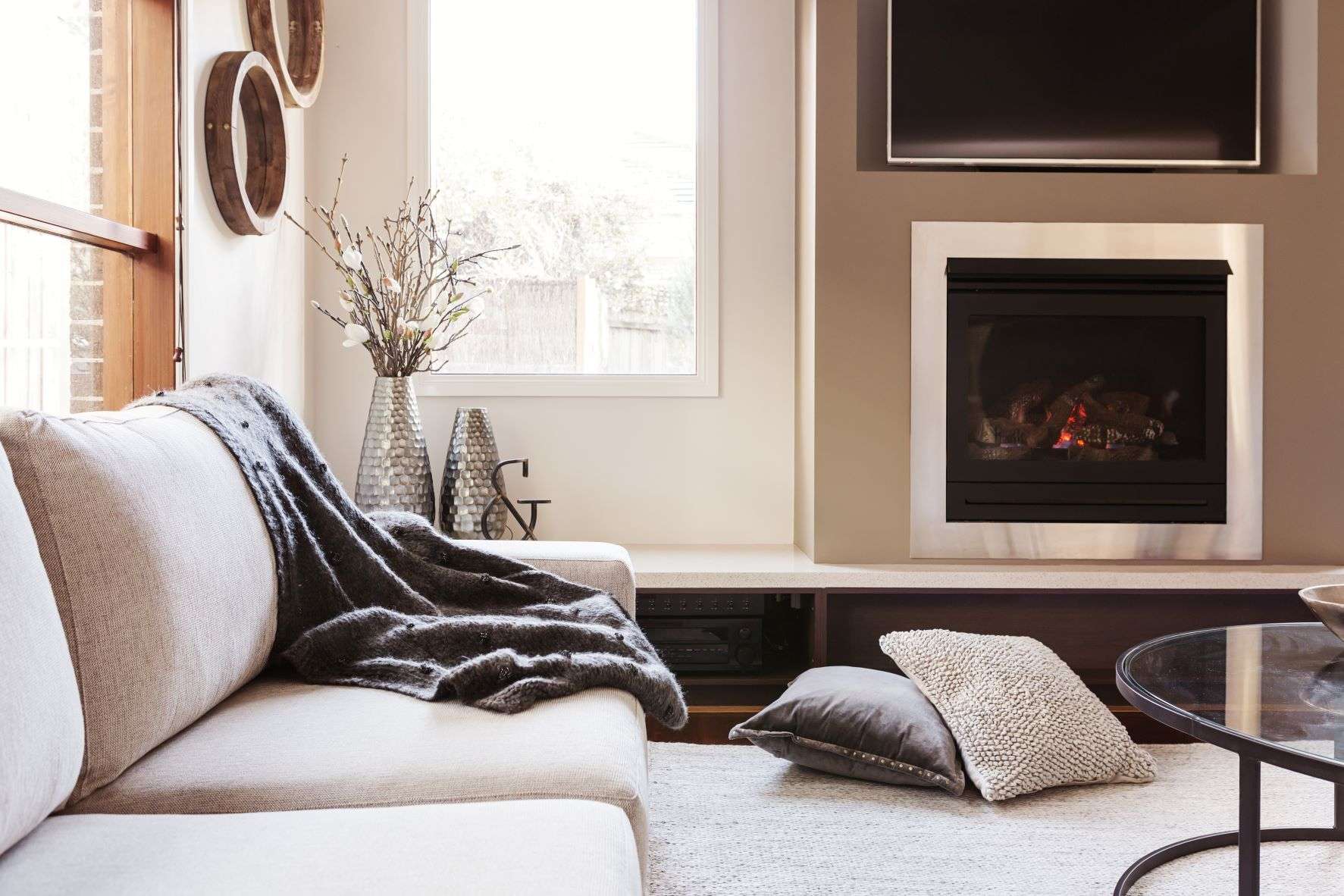
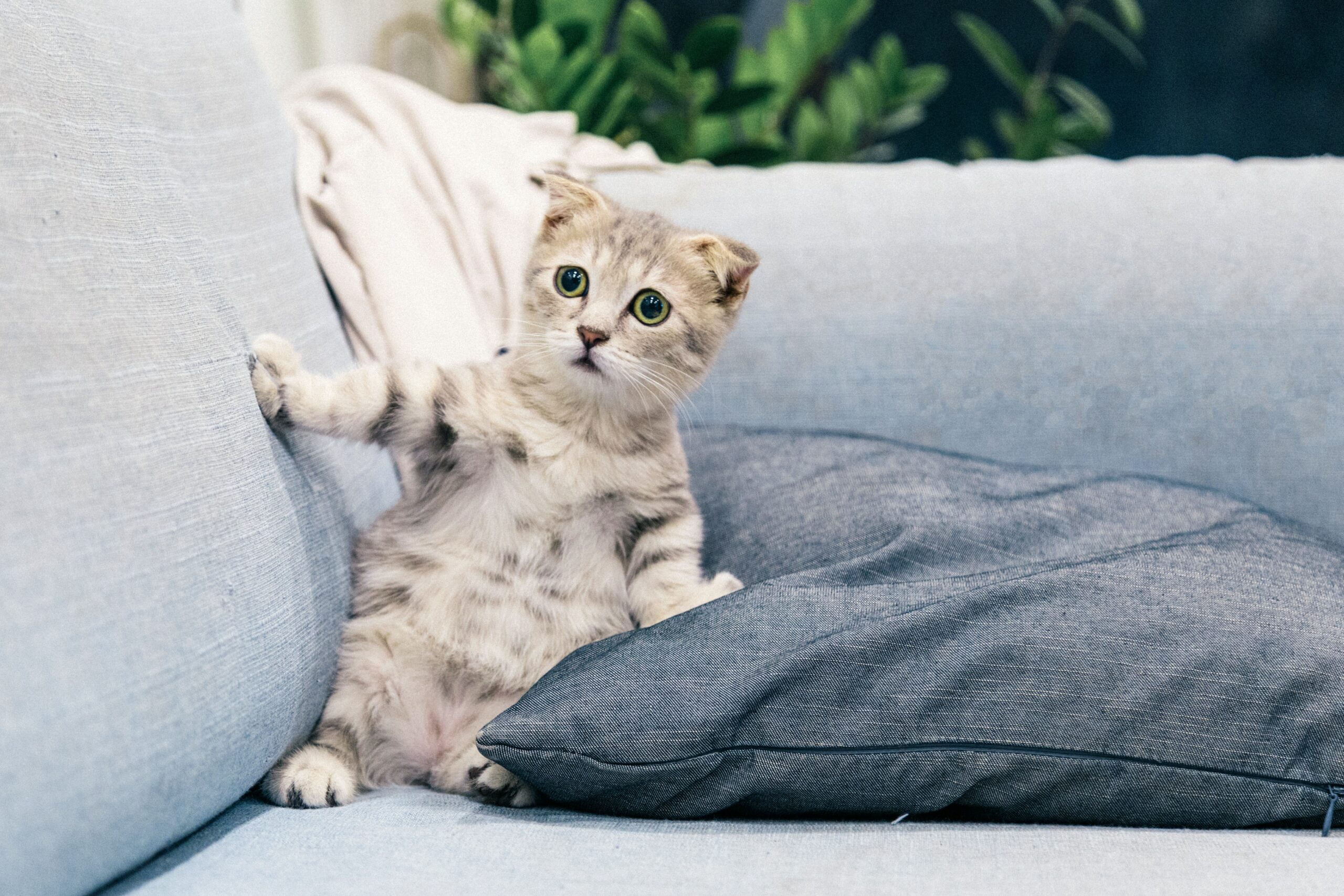
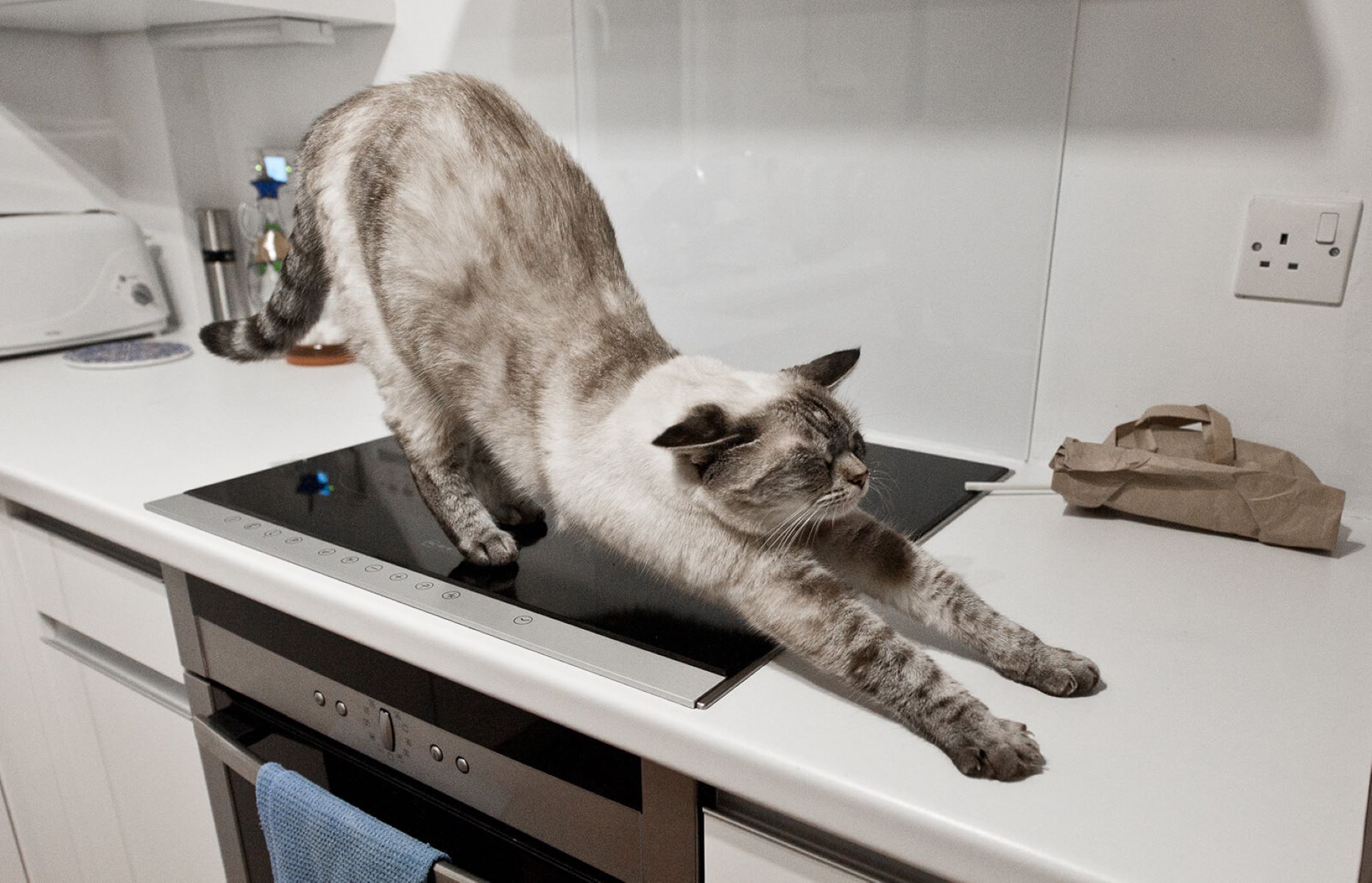

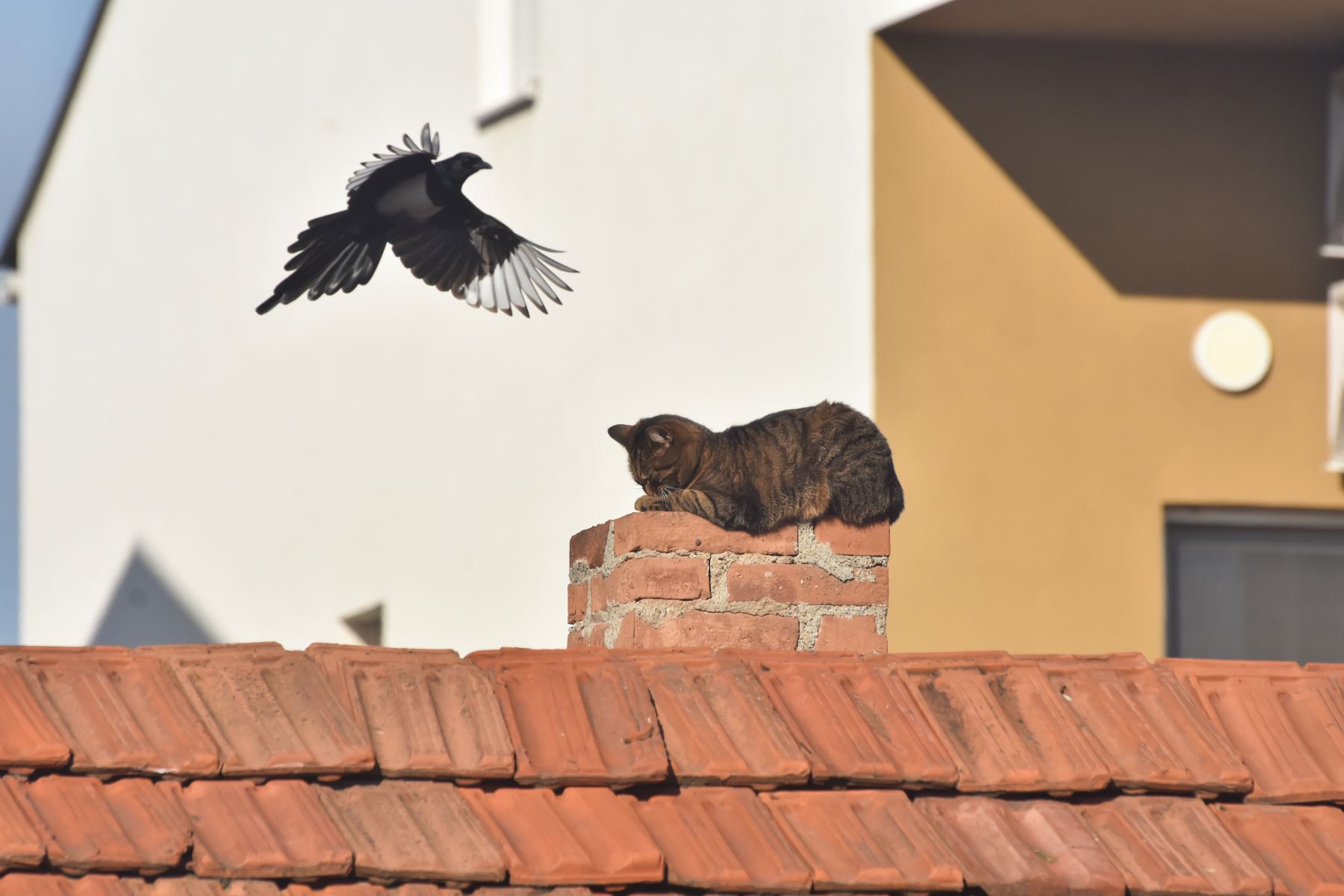

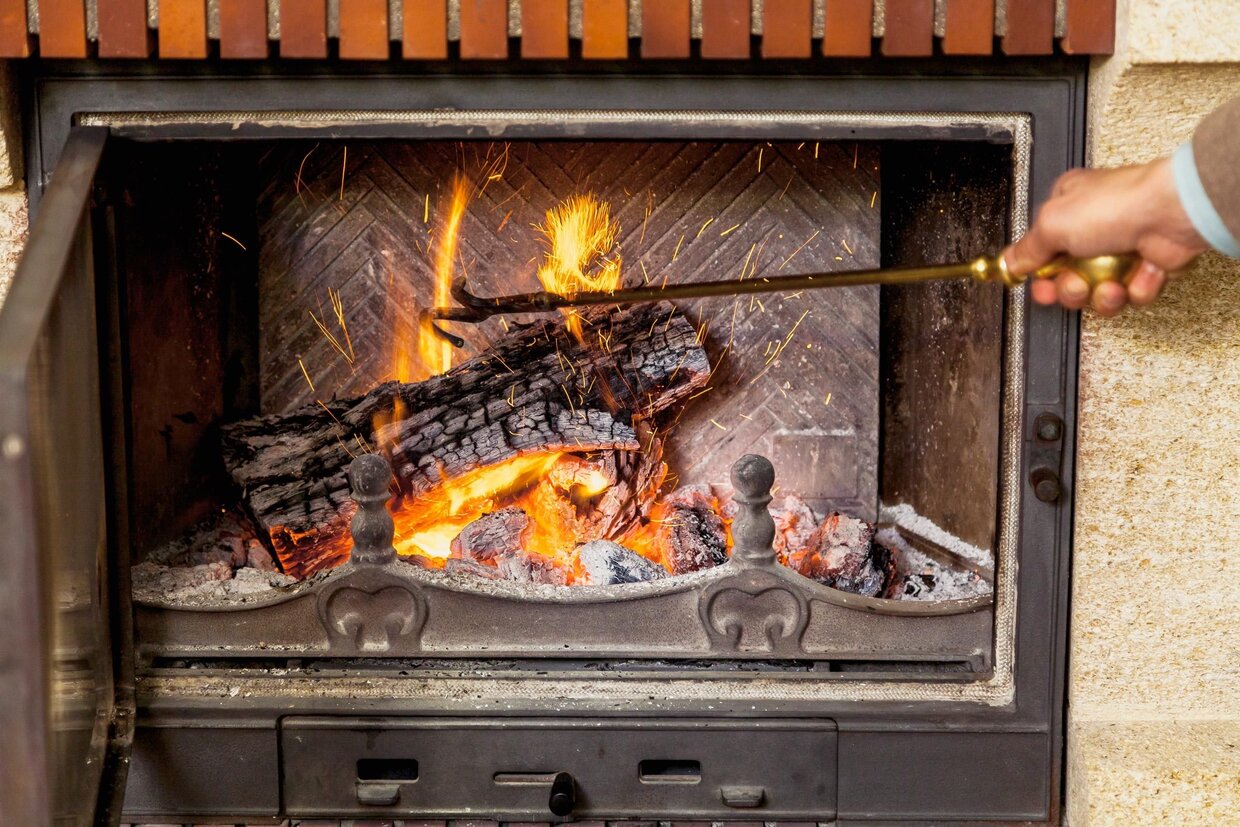
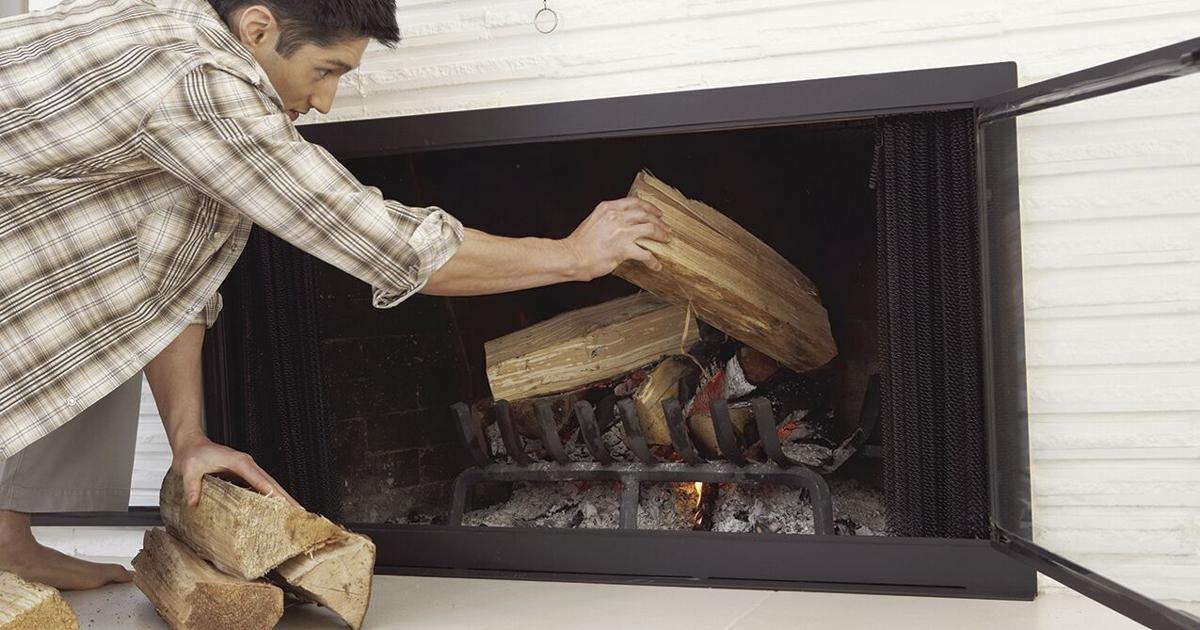

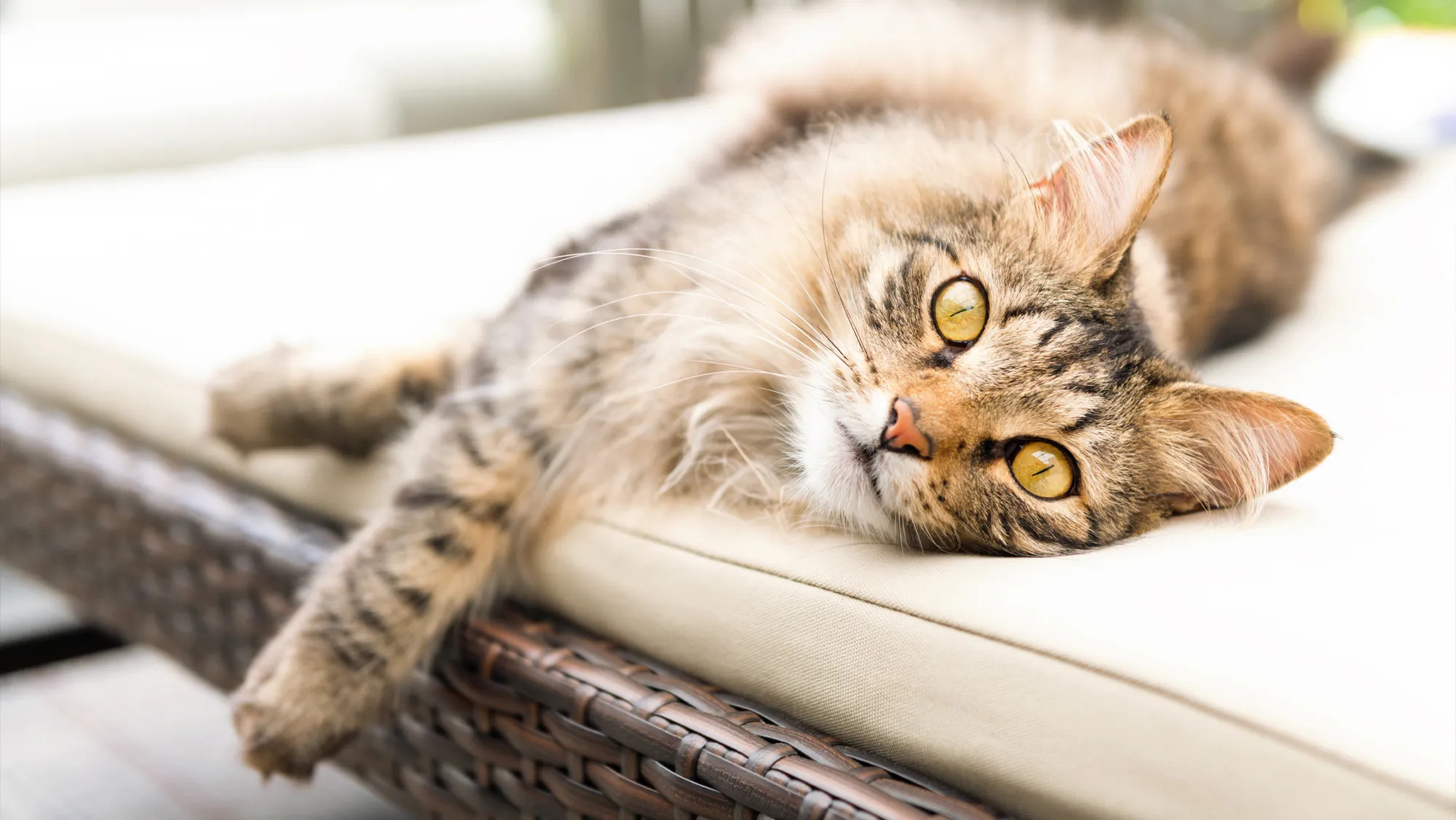

0 thoughts on “How To Keep Your Cat Out Of The Fireplace”